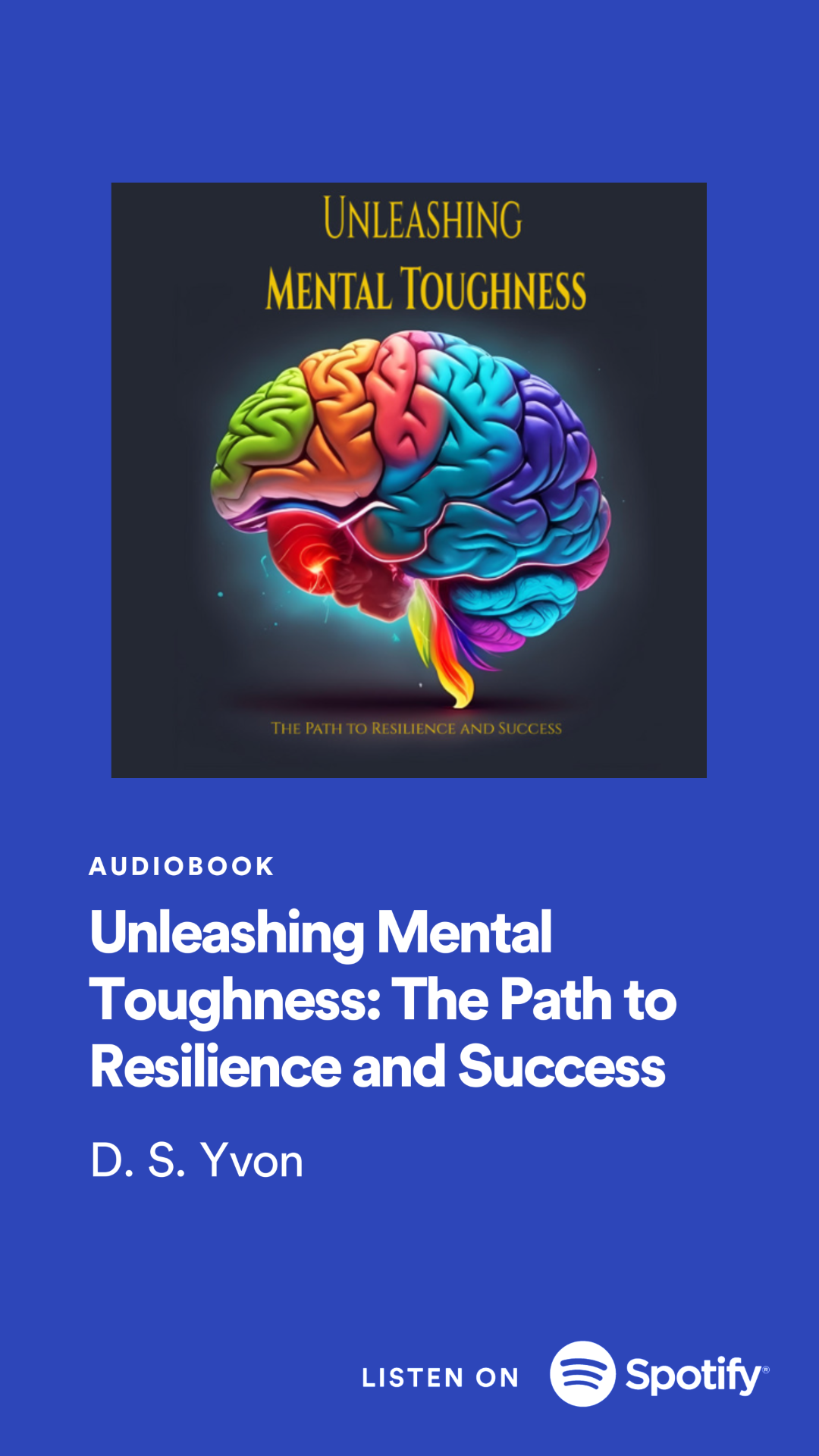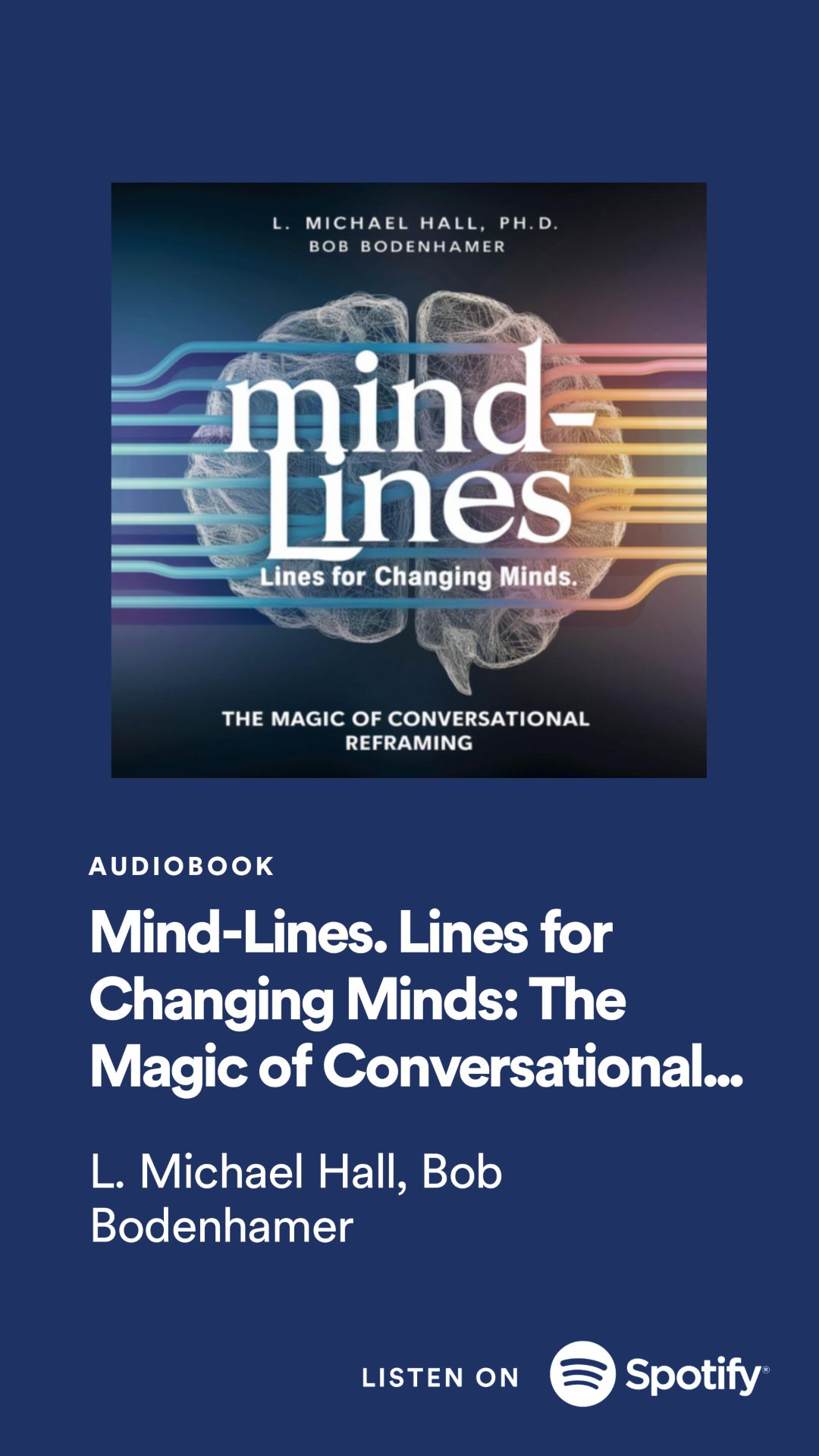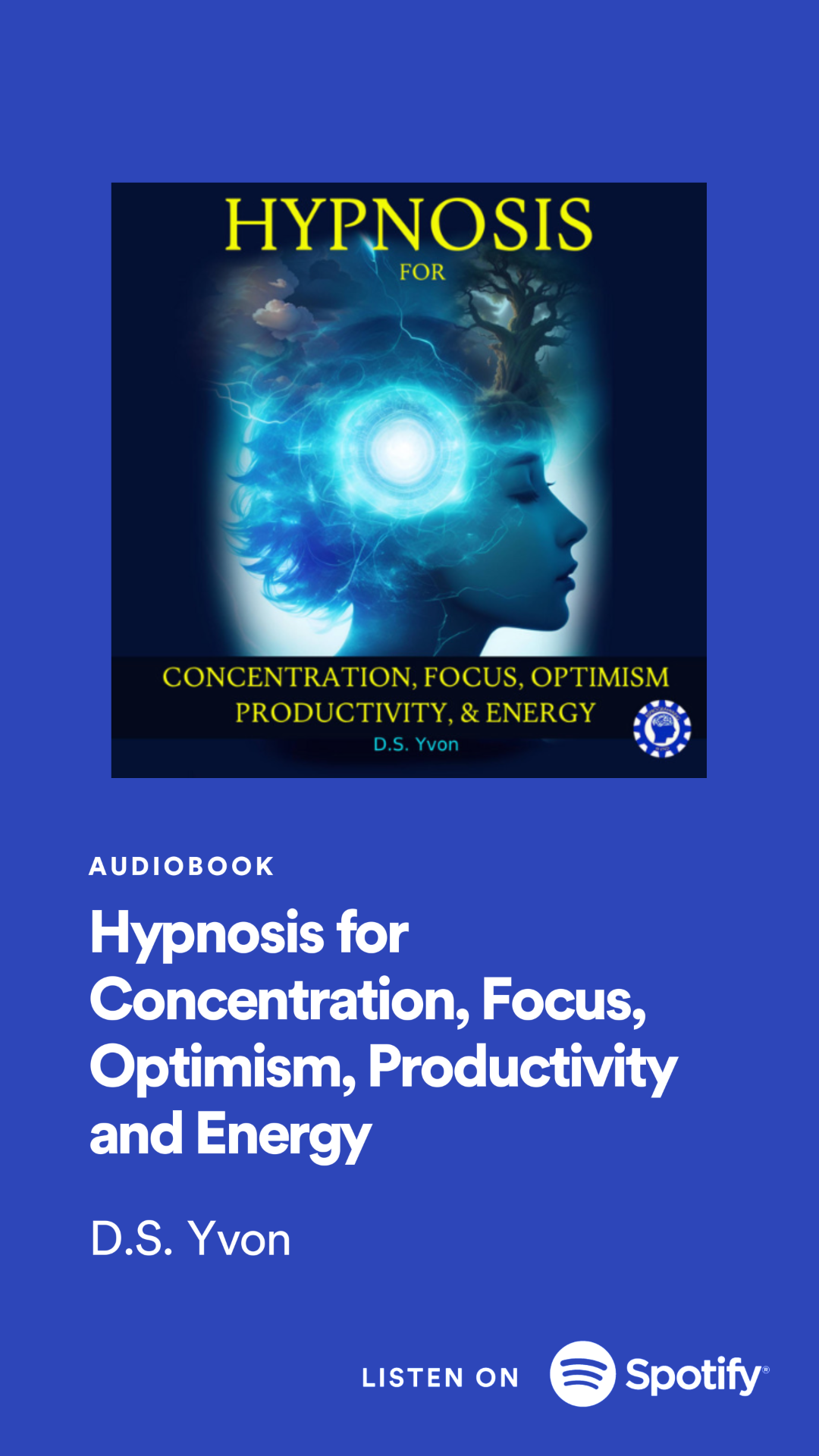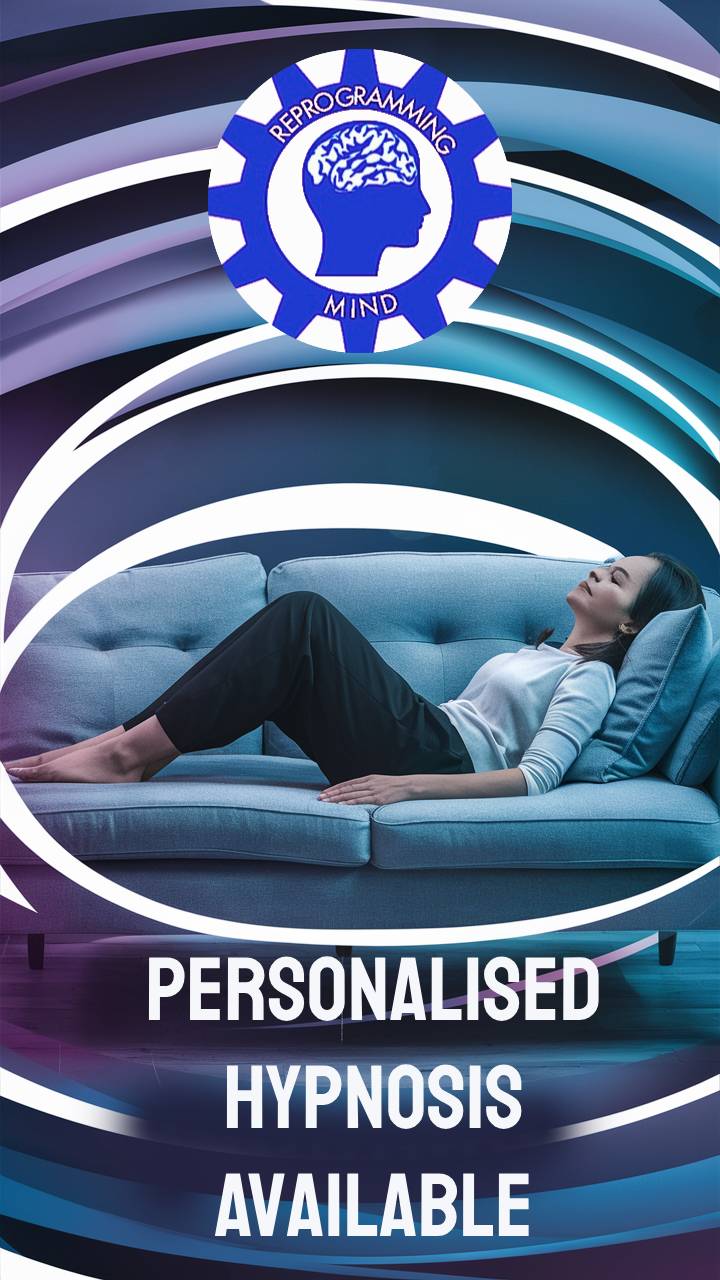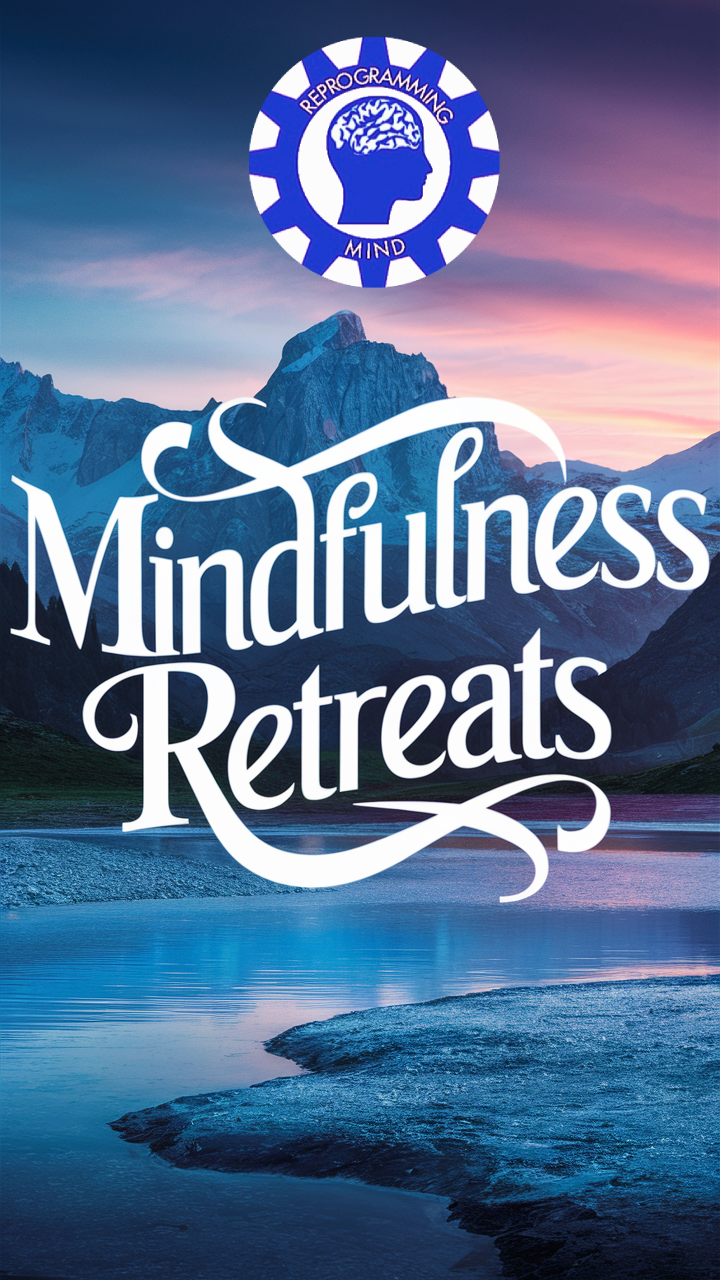Many adults on the autism spectrum experience challenges with social interaction, emotional regulation, and sensory sensitivities. While professional therapeutic intervention is crucial, self-hypnosis can be a valuable complementary tool for managing these difficulties. This post provides a sample 15-minute hypnosis script designed to help adults with mild autism cultivate a sense of calm, improve emotional regulation, and enhance social comfort. It's crucial to remember this script is a suggestion and should not replace professional guidance from a therapist or medical professional. If you are struggling with autism-related challenges, please seek professional help.
Understanding the Potential Benefits of Hypnosis for Autism
Hypnosis, when practiced safely and ethically, can facilitate positive changes in thought patterns and behaviours. For adults with mild autism, it may offer benefits such as:
- Reduced anxiety and stress: Hypnosis can help calm the nervous system and reduce feelings of overwhelm, which are often heightened in individuals with autism.
- Improved emotional regulation: The techniques used in hypnosis can foster a greater awareness and acceptance of emotions, making it easier to manage emotional responses in social situations.
- Enhanced sensory processing: Hypnosis can help individuals become more aware of and manage sensory overload, a common challenge for many with autism.
- Increased self-confidence and self-esteem: By promoting relaxation and self-acceptance, hypnosis can contribute to improved self-image and confidence in social interactions.
- Improved sleep: Many individuals with autism experience sleep difficulties. Hypnosis can promote relaxation and improve sleep quality.
It's important to note that the effectiveness of hypnosis varies from person to person. Success often depends on the individual's willingness to participate actively and the skill of the practitioner (or in this case, the individual's self-guided practice).
The 15-Minute Hypnosis Script: Finding Your Centre
This script focuses on grounding, relaxation, and positive affirmation. Find a quiet, comfortable space where you won't be disturbed. Sit or lie down in a relaxed position. Close your eyes gently. Take a few deep, slow breaths.
(0:00-1:00) Introduction and Deepening Relaxation:
"Find a comfortable position. Let your body sink into the support beneath you. Allow your muscles to relax, starting with your toes and working your way up to the top of your head. With each breath, let go of tension, stress, and any worries. Feel yourself becoming more and more relaxed. Notice the feeling of calm washing over you."
(1:00-5:00) Grounding and Sensory Awareness:
"Bring your attention to your breath. Feel the air entering your nostrils, filling your lungs, and leaving your body. Notice the sensations in your body – the weight of your body against the surface below, the texture of your clothing against your skin. Acknowledge these sensations without judgment. Simply observe them. You are grounded, present, and safe in this moment."
(5:00-10:00) Emotional Regulation and Acceptance:
"Now, bring your attention to your emotions. Allow any feelings to surface without trying to change them. Observe them as clouds passing in the sky. Some may be pleasant, some may be challenging. Acknowledge them all without judgment. You are capable of handling your emotions. You are strong and resilient. Embrace your feelings with kindness and compassion. Remember, it’s okay to feel whatever you feel."
(10:00-13:00) Positive Affirmations and Self-Compassion:
"Repeat these affirmations to yourself silently, allowing them to sink into your subconscious:
'I am calm and centred.'
'I am capable and strong.'
'I am worthy of love and acceptance.'
'I can manage my emotions effectively.'
'I am comfortable in my own skin.'
'I am safe and secure.'
Believe in these affirmations. Let them fill you with a sense of peace and self-acceptance."
(13:00-15:00) Returning to Awareness:
"Slowly bring your awareness back to your surroundings. Wiggle your fingers and toes. Take a few deep breaths. When you are ready, gently open your eyes. Carry the feeling of calm and self-acceptance with you throughout your day."
Important Considerations:
- Consistency is key: Practice this script daily for optimal results.
- Personalization: Feel free to adapt the script to your specific needs and preferences. You can add or remove affirmations as needed.
- Professional guidance: This script is for informational purposes only and should not replace professional therapy.
FAQ
Q: Is hypnosis safe for people with autism?
A: Hypnosis is generally considered safe for adults with autism when administered by a qualified professional. However, it's crucial to find a therapist experienced in working with autistic individuals and to discuss any concerns or pre-existing conditions beforehand. Self-hypnosis, as outlined here, should be approached with caution and only as a complementary tool, not a replacement for professional help.
Q: How long does it take to see results from hypnosis?
A: The timeframe varies greatly depending on the individual, the specific issue being addressed, and the consistency of practice. Some people experience noticeable improvements quickly, while others may need more time. Regular practice is essential.
Q: Can hypnosis cure autism?
A: No, hypnosis cannot cure autism. Autism is a neurodevelopmental condition, not a mental illness to be "cured." Hypnosis can, however, be a helpful tool for managing some of the challenges associated with autism, such as anxiety, sensory overload, and emotional regulation.
Q: What if I don't feel relaxed during the session?
A: It's perfectly normal to not feel completely relaxed during your first few sessions. Try to be patient with yourself and continue practicing. Focus on the process of relaxation rather than forcing yourself to feel a specific way.
Q: Where can I find a qualified hypnotherapist experienced with autism?
A: You can contact your doctor or psychiatrist for referrals. You can also search online for hypnotherapists who specialize in working with neurodivergent individuals. Always check qualifications and experience before booking a session.
Remember, self-hypnosis can be a beneficial tool, but it's not a substitute for professional help. If you're struggling, please reach out to a qualified healthcare professional for support and guidance.


